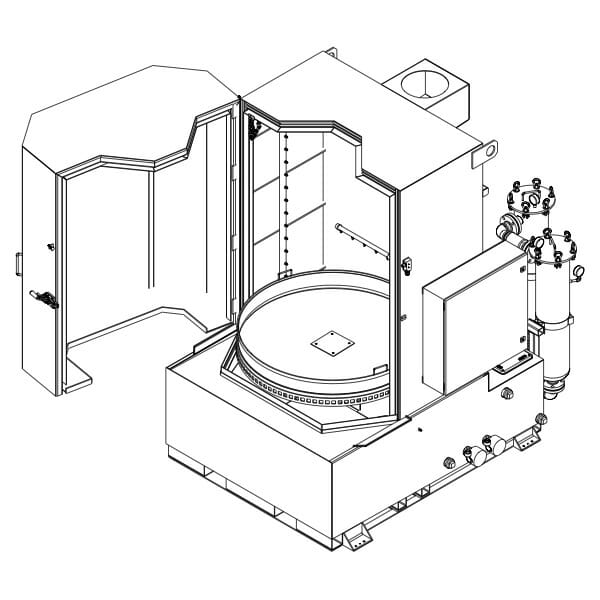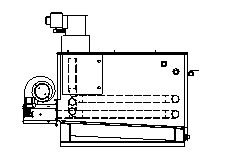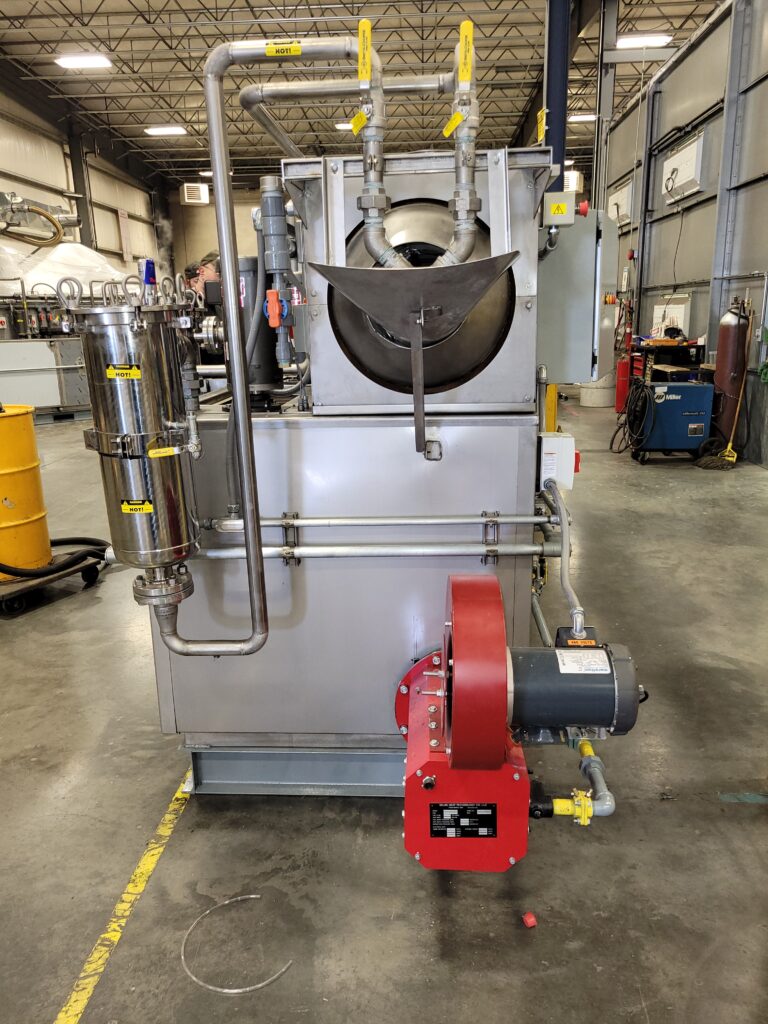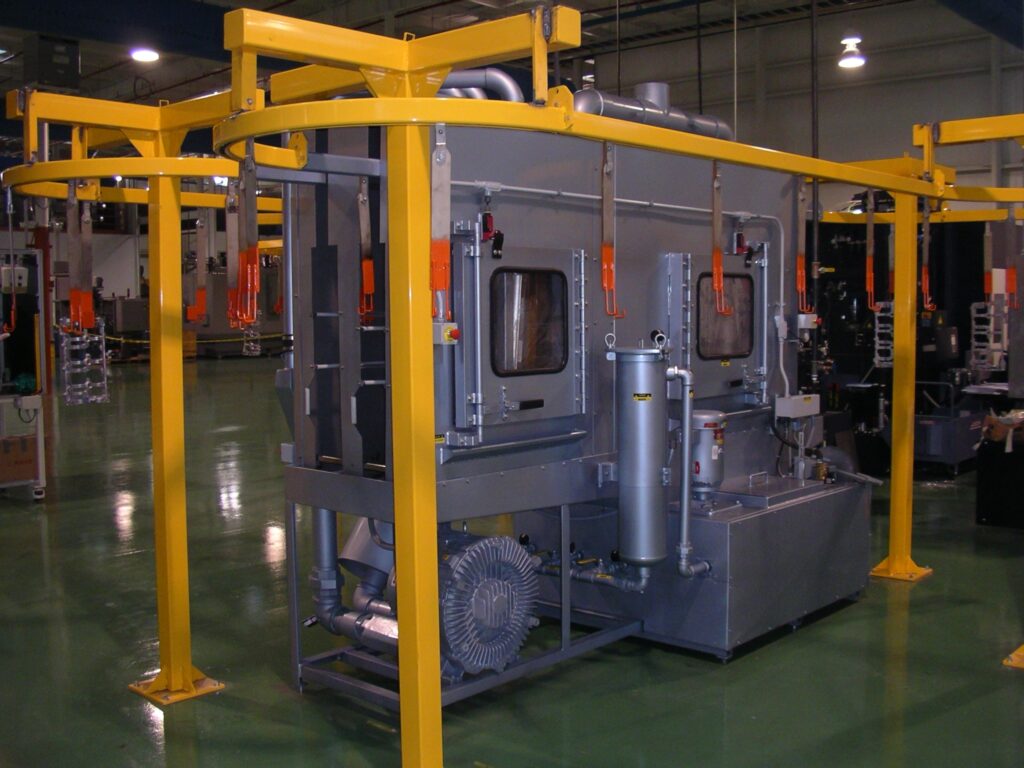When you purchase a parts washer, it’s a major investment. That’s why it makes sense to do all you can to get the most out of your system and that means preventative maintenance. Regularly servicing your system not only helps it perform better, it actually makes it last longer. Here are some tips on how to properly maintain your system and get the most out of your investment:
- Grease it. If you are using a turntable system, there are typically bearings back by the drive mechanism that hold a drive shaft–give those a pump or two of grease. Also, grease the center turntable bearing. The bushings often dry out and a shot or two of grease can really help. Most motors have a grease zert located on the pumps. Find them and give them a shot of grease. Of course, always consult your owner’s manual regarding proper application and frequency of greasing.
- Check the nozzles. Nozzles tend to get clogged up if you have hard water or your soap forms a layer of grime on them. Clean them out with a piece of welding wire or a paperclip. Be sure to push the wire through each hole in the nozzle and break up any material clogging them. Then take the end cap off the plumbing manifold, close the door and run the pump for a few seconds. This will flush out the loose debris inside of the manifolds.
- Check the nozzles for enlarged orifices. Over time, the debris being cleaned off can be picked up and recirculated through the nozzles. If it is abrasive enough, the hole in the nozzle can be worn away making the nozzle orifice larger. A larger opening means more flow, which lowers the pressure and affects the cleaning ability of your system. Replace these nozzles with new ones and your machine will clean like new. Note: Be sure to mark the nozzle fan pattern angle before removing the nozzles. Each one is rotated to a specific position to keep from interfering with the spray nozzles on the manifold next to them. Use a sharpie and make a mark where the fan pattern is pointing. Line the nozzle back up when tightening.
- Drain the machine completely and scoop out the sludge. Sludge can build up in the bottom of the tank and can eat holes into the metal, insulate heaters, cause poor heat transfer or even burn out the heaters altogether. Be sure to follow local guidelines for waste removal before disposing of the sludge you scrape out.
- Check the heating elements in the tank. If they are coated up with hard water deposits or other material, you can lightly brush them with a wire brush and the buildup should flake off. Be sure to remove this debris from the tank. Any coating on the heaters affects the heat transfer and can burn the heaters out if not cleaned.
- Charge the tank with chemistry, heat it up and run the machine for a few minutes. This is something you can do if your facility shuts down for scheduled maintenance. If your machine is mild steel, it could rust over the break without the rust inhibitor contained in the chemistry.
- If in doubt, spray some WD-40 on the inside walls of the machine where the solution in the tank is not touching. This something else to do if your facility shuts down for scheduled maintenance. The WD-40 will coat the walls temporarily during shutdown and when you come back, you can use the machine as normal without any issues. Of course, you should be safe and check to see if the chemistry will be affected by the WD-40.
- Get new copies of the chemistry safety data sheet and make sure they are posted and correctly match the machine. You would be surprised how many companies change chemistry during the year and forget to change out the safety data sheet.
- Make sure hinge bolts and nuts that could work loose from wear and tear are tight. This will extend the life of your machine by keeping things aligned and minimizing wear and tear.
Remember, your parts washer is a machine, just like your automobile, and it needs to be regularly maintained. Taking the time to service your system will pay big dividends, both now and in the future.


















